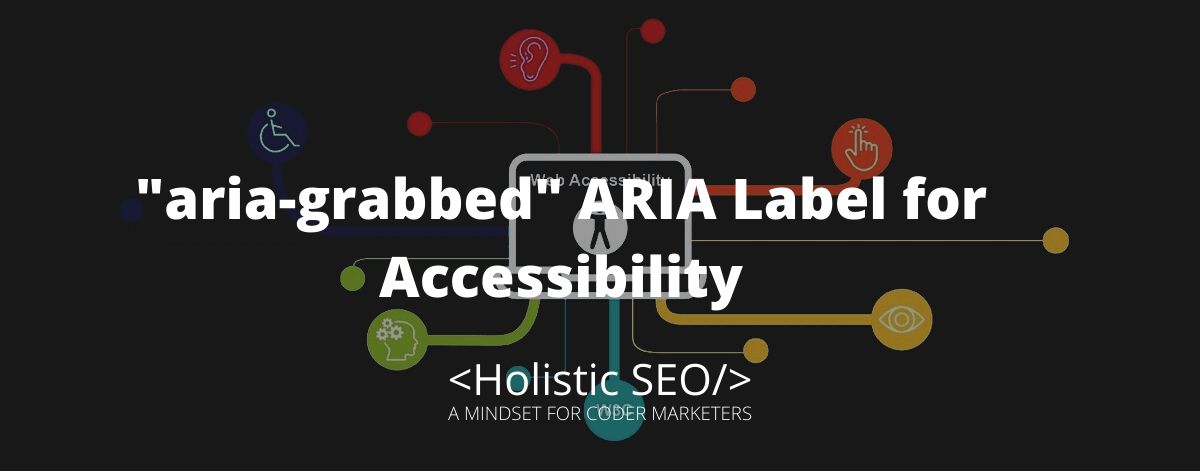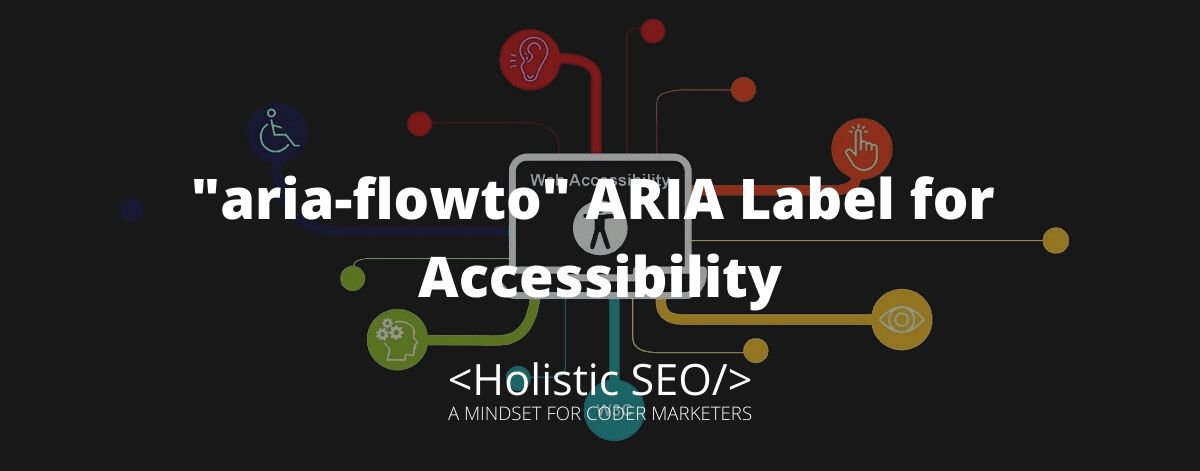The aria-grabbed element is considered to be draggable and usable in drag-and-drop operations. The aria-grabbed attribute defines the state of the element when it has been grabbed. The function of the aria-grabbed attribute is to signal to the user that the object or elements that have been selected are grabbable or draggable and can be moved out of their current location. The functionality of the elements’ behavior can be described by the developer with the help of the aria-grabbed attribute by indicating whether the value of the element or the element’s state attribute is true or false. A value of false can be stated to an element by the developer in order to prevent the element from being included in the aria-grabbed state even if it is already being represented by another element. When performing a drag and drop operation, the aria-grabbed attribute is combined with the drop event and the drag event, both of which are involved in the process. The aria-grabbed label can also be used in conjunction with other ARIA labels, such as the aria-dropeffect label. It’s possible that the aria-grabbed will one day be replaced by a new ARIA label, which will allow for the capacity of the former to be improved and expanded.
What is the function of the “aria-grabbed” ARIA Label?
The function of the aria-grabbed is to determine and state if an element item is able to be dragged into position. The value aria-grabbed=” true” indicates that the item or element can be dragged and dropped into place, else “false” means it is not. If the aria-grabbed is set to true, the other related ARIA label attributes like aria-dropeffect should also update their state or property, especially during the drop state of the drag and drop operation. If the aria-grabbed is equal to false then there is no element that is in a grabbed state, the aria-dropeffect should be back to its primary state. The main idea of aria-grabbed is to provide the user that an element is able to be moved within the browser or within the container, it is grouped. This will be helpful for users to interact on the web like the normal use of a web browser.
What are the uses of the “aria-grabbed” ARIA Label?
Listed below are the uses of the “aria-grabbed” ARIA Label.
- Figure role: A figure role is a tag that can be applied to describe a figure that is contained inside the content of a page when semantic HTML is not available to do so.
- Cell role: It is the value of the ARIA role attribute that defines an entity as being a cell in a container or table. The cell role does not carry any data about the column or row headers.
- Table role: Table role is a value of the ARIA role element that defines the attribute as being a non-interactive structure that, similar to the native HTML table element, contains rows and columns.
- Group role: Group role plays a vital part in the grouping of user interface components which is not included in a list of assistive technology, where it might be in the table of contents or a summary page.
- Listitem role: The listitem role is what is used to determine the specific item that belongs to a list group.
Example Uses of “aria-grabbed” ARIA Label
There are no available examples for aria-grabbed.
The aria-dropeffect is related to aria-grabbed because they are both used to define a drag and drop operation, they both change state if the other is changed. The aria-dropeffect is part of the commands that are made accessible for users of the assistive technologies. Employing the aria-dropeffect in certain applications does not necessarily activate the function, such a command may only interpret or show the attribute’s action. The aria-dropeffect can utilize the different drop effects according to its corresponding element. For every aria-dropeffect command, there must be perceptible choices of drop targets.
- 48 Online Shopping and Consumer Behavior Statistics, Facts and Trends - August 22, 2023
- B2B Marketing Statistics - August 22, 2023
- 38 Podcast Statistics, Facts, and Trends - August 22, 2023


